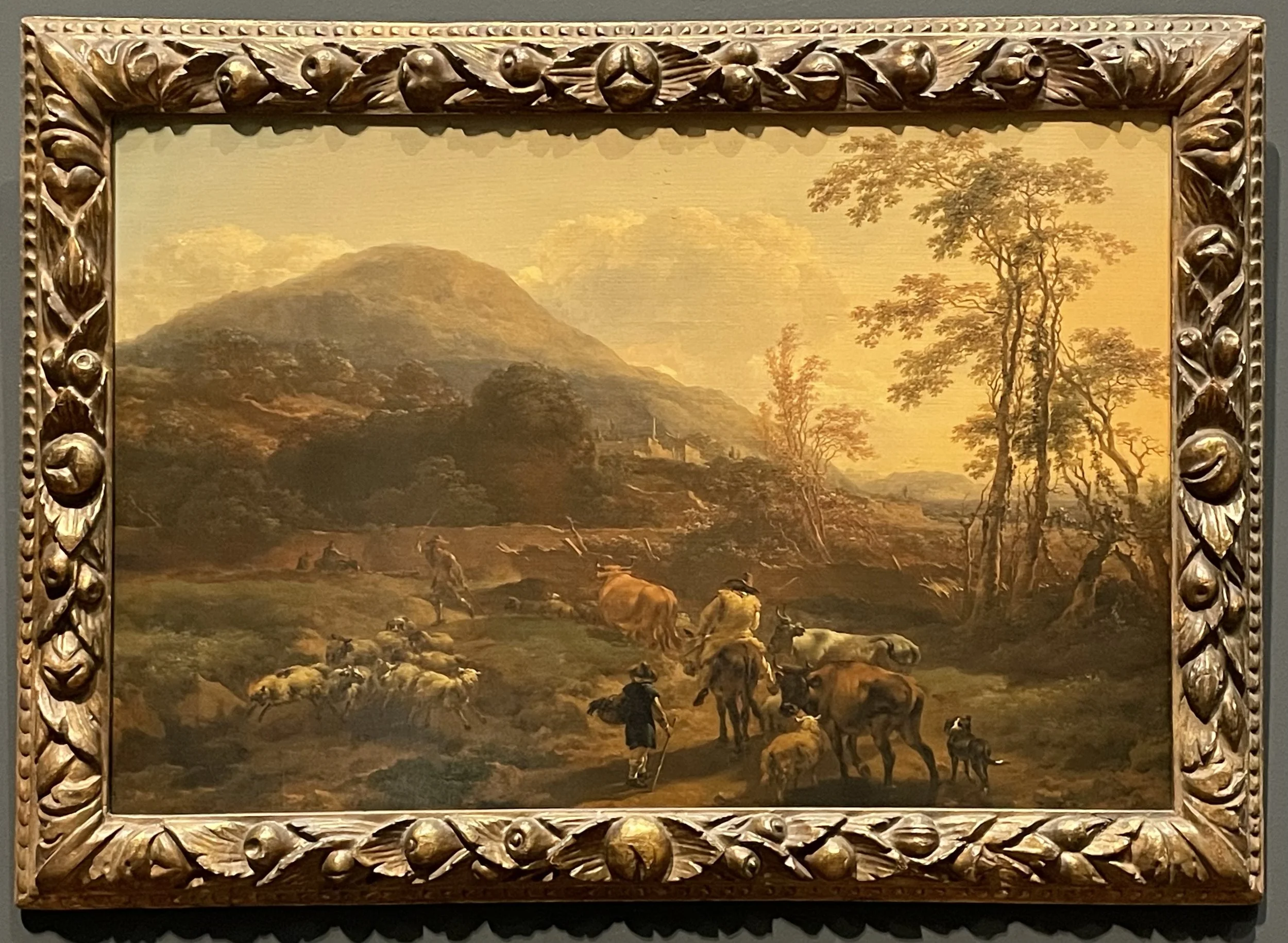
The Search Continues
It has been over a year since we began searching through listings and researching different regions of France, hunting for a shabby but charming countryside home. Something in need of love, but not too far gone.
We have pored over countless listings and gone on several home tours. We’ve even made an offer or two. Along the way we’ve learned some valuable lessons. Our criteria--and our list of questions--has grown longer and more detailed.

Coffee in the Countryside - Revisited
When I wrote this first post six months ago, it was a rough sketch: a small, quiet place outside Paris where coffee could be made without the usual pressures. No landlord clock, no race to open, just time to do it right.
Since then, the sketch has been refined into a blueprint. I’ve mapped the workflow beneath the surface, argued for repetition as craft, planned pallets and logistics, and obsessed over materials—paper, labels, cups, bags—so the outside matches the care of what’s in the cup.
I’ve questioned taboos (yes, blending), imagined a guest experience designed to protect the calm, and traced the train lines that make a “petite fermette” feel connected, not remote.
The idea hasn’t gotten bigger. It’s gotten clearer. Slow over fast. Fewer choices, better choices. Made by hand, on purpose.
Today we’re reposting this first post to reflect on where this project started, and why our journey forward remains the same.
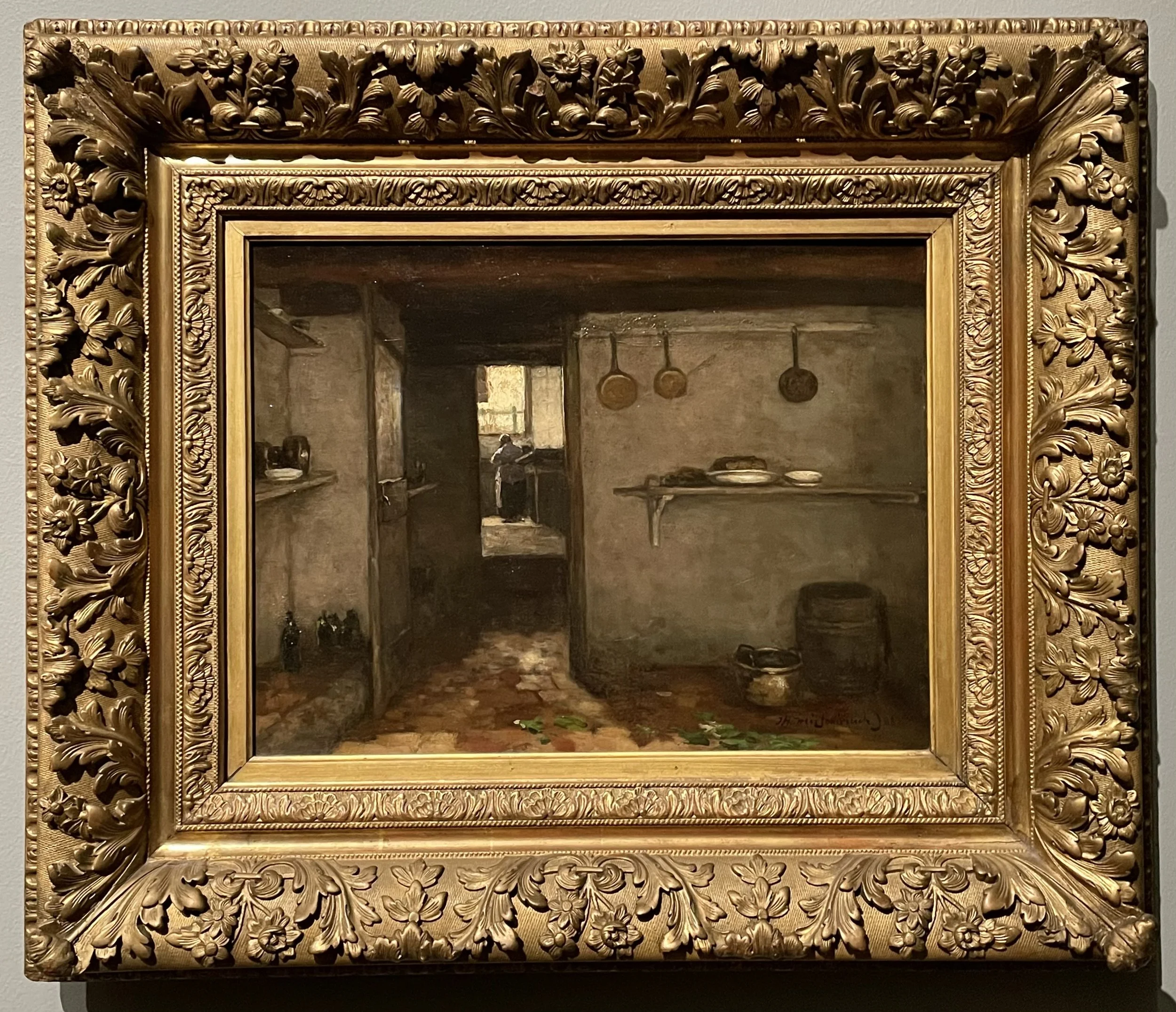
Behind the Scenes
Coffee professionals love to focus on the thing we work so hard to find, source, roast, grind, extract, and serve. That’s the part with aroma and applause. But behind every cappuccino is a whole other world: the back office.
In France, the love of bureaucracy is happy to make this world even more excruciating than it might be elsewhere. Forms for forms. Numbers for numbers. Stamps for stamps. Meanwhile, tech startups over here keep releasing clever ways to streamline everything, from health insurance to transport passes to taxes. It’s progress, yes, but the behind-the-curtains part of a business still takes as much planning and preparation as the fun stuff on the bar.

The Way Forward
I’ve been working as a coffee professional for some years now. One thing I love, one thing that keeps this industry free to evolve, is how few of us started here. Nearly everyone I’ve worked with came to coffee from somewhere else: art or design, finance or pastry. We bring those old tools to a new bench.
When a product with such a long history is constantly seen by fresh eyes, it becomes free to change.
So the questions never stop:
What if we tried this?
Why hasn’t anyone ever made coffee like that?
Who grew this variety, and why not another?

A Label Worth the Coffee
A label seems so small. It's just a slip of paper riding on the side of a bag. But for me it carries the whole promise of the project. It has to tell our story in a single glance: hand‑craft, contrast, quiet curiosity. It also has to survive the inglorious journey from roastery to countertop without bleeding, smudging, or costing more than the coffee inside.
A few months ago I told myself, half‑jokingly, that I would try lino‑printing again—something I hadn’t touched since high‑school art class. That same evening, on the way to dinner, I passed a shop that sells nothing but professional lino supplies. Serendipity yanked me off course. I rearranged my roasting schedule, squeezed through their door the next morning, and spent an hour with a lino artist who spoke about gouges and brayers the way farmers speak about weather. When I explained our coffee project he nodded and said, almost off‑hand, “Why not make paper from your old jute sacks?”
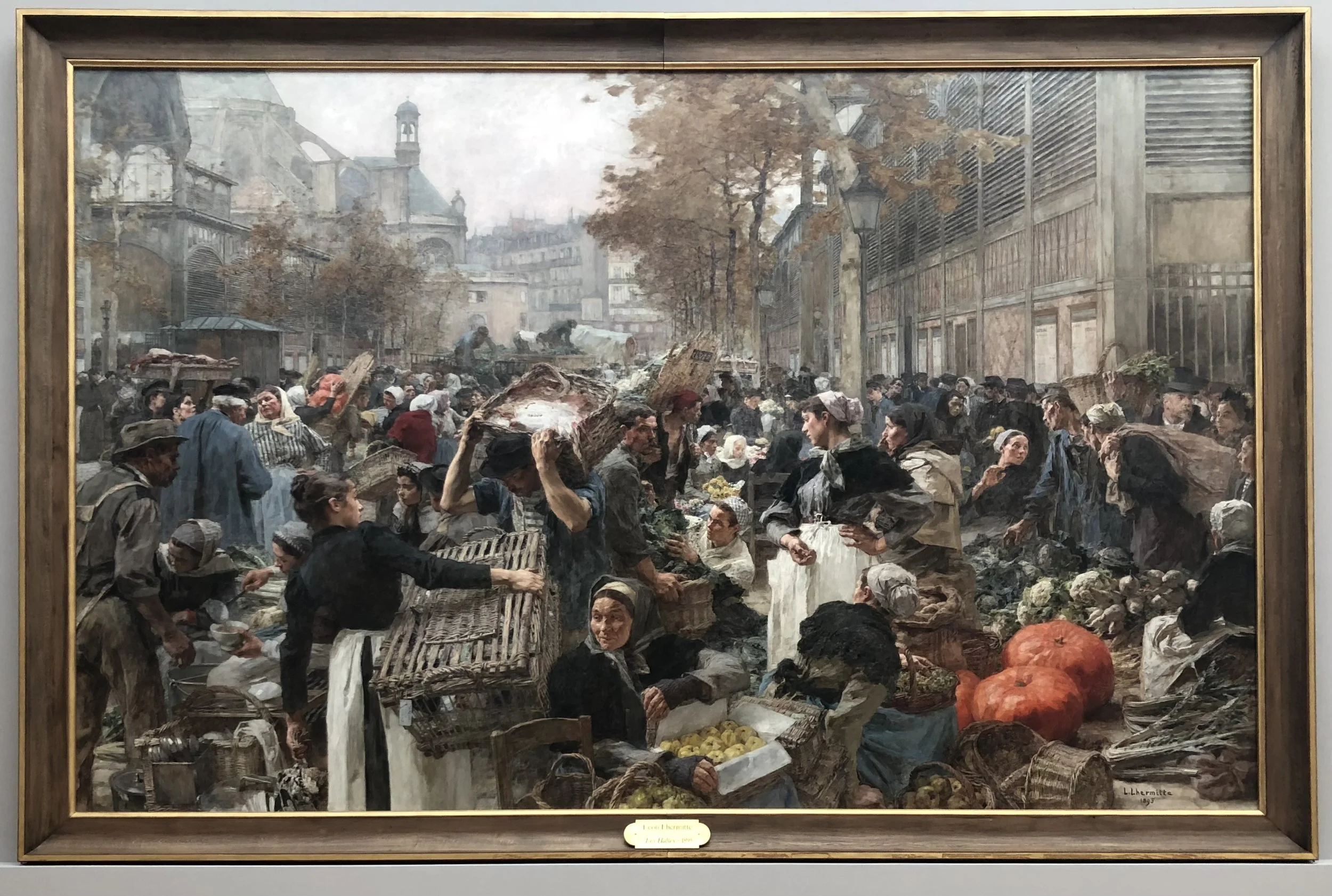
Paper or Plastic?
Earlier this year, I attended Paris Packaging Week, a name that sounds fancy but is a little misleading. It suggests a week of varied events – a gift-wrapping championship, perhaps, or a presentation on new shrink-wrap styles – when in fact it’s a two-day trade show filled with booths from manufacturers and distributors. "Packaging Week" is a bit of an overstatement.
Still, I went for one clear reason: to discover innovative new ways to package coffee.
I arrived straight from the metro with high hopes, grabbed my badge, and began winding through the aisles. My mission was to scan for keywords: “Made in France”, “recyclable”, “compostable”, “circular economy”, “food grade”. I was searching for an undiscovered El Dorado of thoughtful packaging, hoping to find a product that met our needs or, at the very least, to spark some new ideas.
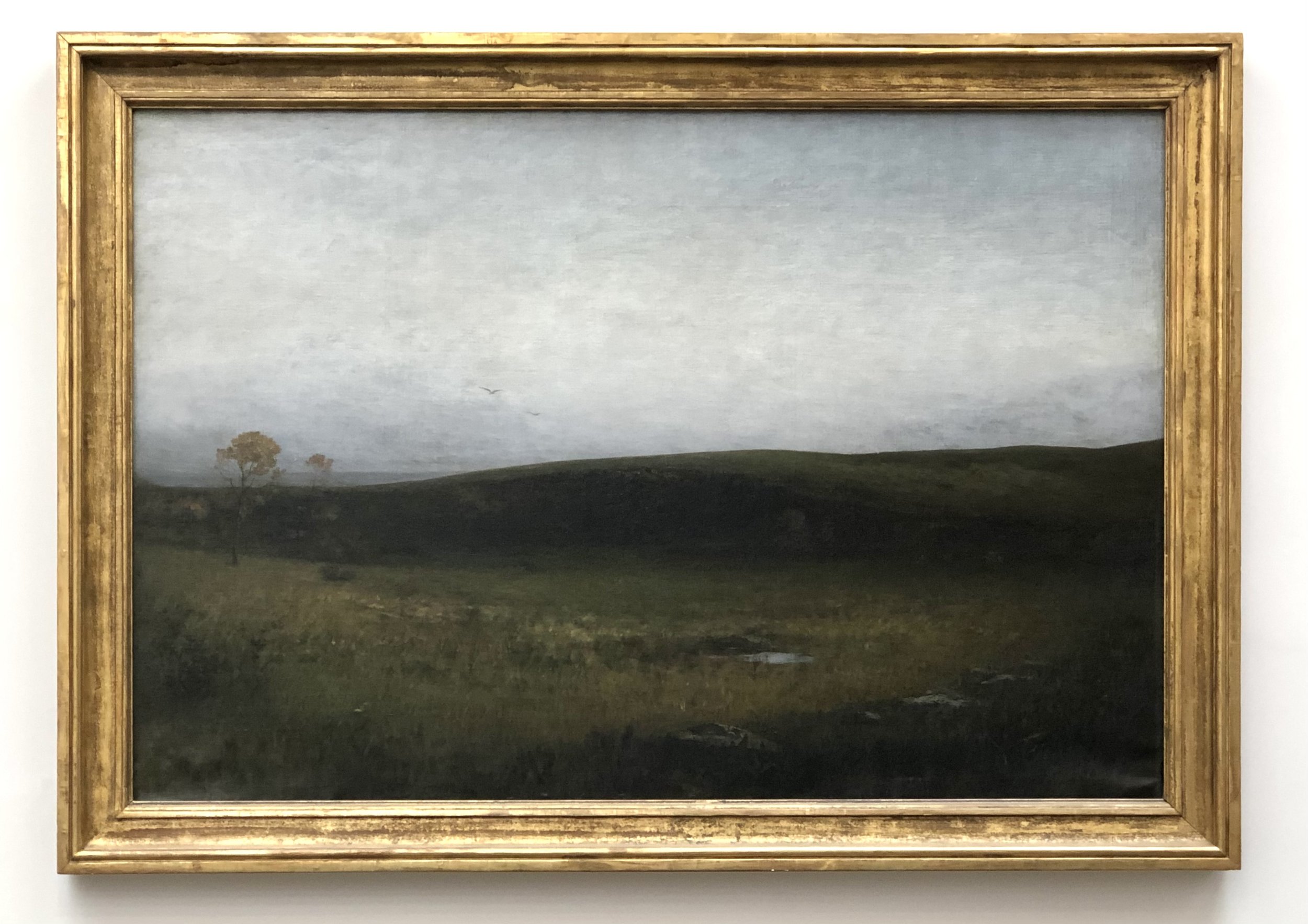
Signals
We’ve recently begun the real adventure: physically looking at properties. It’s thrilling and terrifying, hopeful and heartbreaking all at once. Each place we see becomes a question about what it might become:
« Is this space laid out in a way that aligns with our vision? »
« Does it flow naturally toward the areas we plan to activate, or does it feel awkward, like we’ve stumbled into a stranger’s home? »
« If I were arriving here for the first time, would I feel excitement about what lies ahead—or would I instantly want to turn around and leave? »
This elusive quality—the intangible thing about a place that pulls us in, makes us feel welcome, comfortable, excited—is central to everything we're trying to build.
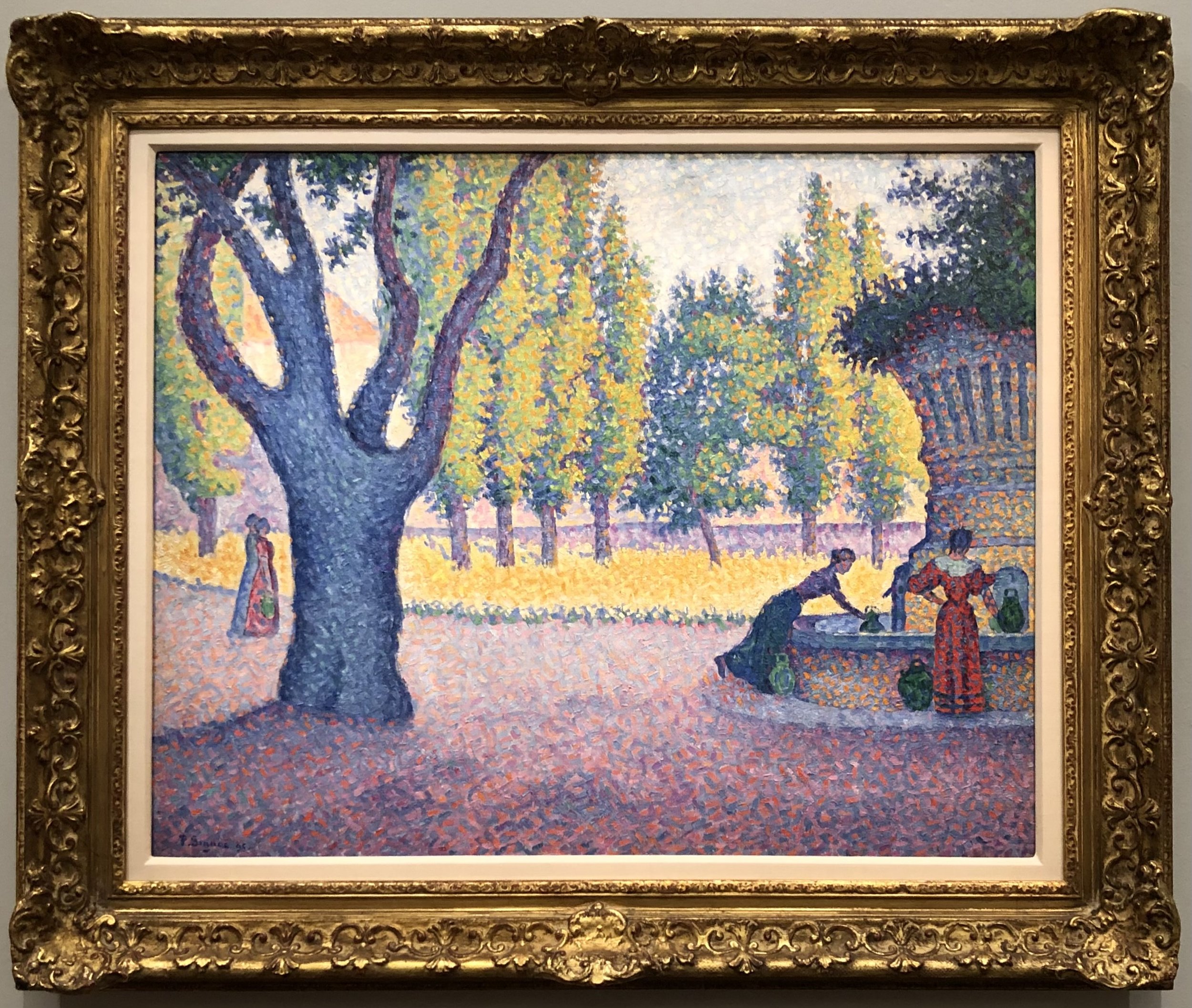
A Local Table, A Global Conversation
"Don’t ask me how this scales. Ask me how this spreads." — Dan Barber
Not long ago, every fine‑dining menu was judged by the same yardstick: How close could the chef land to the canonical duck confit, the flawless bouillabaisse, the perfect coq au vin? Today, we arrive at restaurants with a completely different hunger. We don’t want the same dish executed immaculately. We want a dish that could only have been imagined here, on this soil, by these hands.
Coffee, oddly, still lives in yesterday’s dining room. We slip into a new café, puff up our critical feathers, and decree, “I shall judge thee by the merit of thy flat white! …Ooh and may I have a cookie, too?” In response, most specialty coffee bars around the world have converged on a single, safe template: same gear, same drinks, same pale pastries, delivered with the same earnest smile.
Which leaves us with the same restless question the restaurant world faced a decade ago: What’s next?

Digging Deeper
When I was little, maybe six or eight, we lived in a modest suburban house with a backyard that felt impossibly large. Huge trees lined either side, and the far end touched the land of a local animal doctor, so occasionally a lost duckling would wander up to our door.
It was there, with my mom, that I first began gardening.

Shouts & Murmurs
Unnoticed by some, but constantly impacting the experience for everyone. One’s willingness to stay, to relax, to enjoy. Noise.
The two girls laughing and practically shouting at each other from just across the table in an attempt to tell a personal story which unfolds inevitably to the displeasure of the entire room. Crashing dishes which momentarily cut the hearing out of one of your ears.
As someone who has worked behind the counter but is also continually a client in many different coffee shops—noise is something that consistently has an enormous impact on my experience.